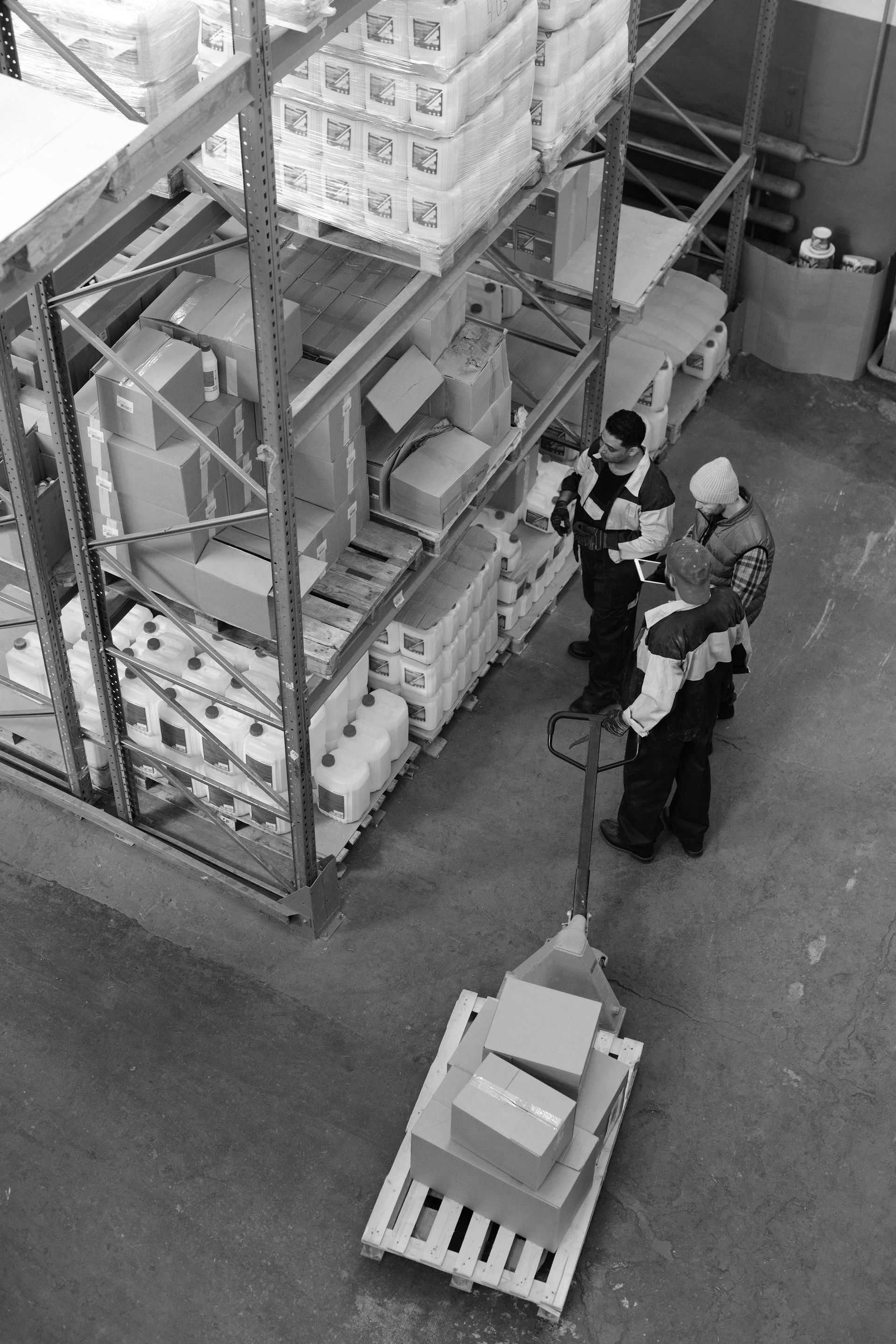Injured in a car crash? Here's what you need to do ...
Check for injuries. Are you or a passenger in your vehicle hurt? What about in other vehicles? Call 911 and request an ambulance immediately if anyone is suffering pain or discomfort. Get to safety quickly and render first aid if qualified.
Take photographs or a video to document the crash scene, property damage, people involved, and tag numbers if you are able. This evidence is crucial and can make a huge difference at trial. The more jurors can see the crash scene the more they will understand what happened to you. In some instances, experts will need these scene and car damage photographs to show who was at fault, calculate speeds, and determine the force at impact. Exchange names and telephone numbers with any witnesses. Don't depend on law enforcement to get this information as their hands are usually full with other duties on a crash scene.
Cooperate with Law Enforcement as they conduct their crash investigation.They will collect and document the names, addresses and insurance information for each vehicle and passenger involved. You will receive a copy of this information from the officer. A copy of the Crash Report is typically available from the responding agency (or online) within three to five days of the crash and there is a nominal fee (under $15.00) to get a copy. If the report is incorrect contact the agency and request a correction.Your personal injury attorney can also quickly obtain a copy. I always try to obtain a copy of the crash report prior to the initial appointment with potential new clients.
See a medical provider as soon as possible if you are experiencing any pain or discomfort! Typically, the sooner you see a medical provider the quicker and more successful your recovery. Don't try to tough it out. Delays in medical treatment are the insurance company's first line of refusing to compensate you for your injuries. Provide your medical provider with your automobile insurance information and any health insurance that you have. In Florida, you must see a medical doctor (not a chiropractor) within 14 days of the crash to receive your full Personal Injury Protection (PIP) benefits. Florida PIP pays up to $10,000 of your medical bills (at 80%) or lost wages (at 66 %). There is no PIP in Alabama due to mandatory liability insurance requirements. Select your own medical provider. I'm often asked by clients to "send" them to one of "my" doctors. This is an activity that I simply do not do. First, your health is your first priority and you should select a doctor you trust. Second, the insurance company's lawyers will find out eventually that your lawyer "sent" you to that doctor and they will use it against you in court and the jury will hold it against you. Simply stated, it looks really bad and adds to the juror's ingrained bias that all personal injury lawyers (me) and plaintiffs (that would be you) are just looking for money for nothing. I'm happy to provide insight on what I know about medical providers, but, I will never "send" you to a specific doctor.
Contact your insurance carrier as soon as possible and file a claim! You pay premiums for your coverage so use it! Every policy in Florida includes Personal Injury Protection (PIP) by statute. If you have "Collision" coverage make sure you file that claim with your carrier as well. Your insurance will pay to repair (or pay for if totaled) your vehicle minus your deductible. They will seek reimbursement from the at-fault driver's carrier and should refund your deductible. This is a much faster way of getting you back on the road than having to "deal with" the at-fault driver's insurance. It's also part of what you pay for with your premiums. Do not talk with the at-fault driver's bodily injury insurance adjuster. They are trained to get information and statements from you that helps them to not compensate you!
Contact a personal injury attorney if you are injured. I cannot stress the importance of doing this as soon as possible. If the worst has happened, allow a trusted loved one to contact counsel for you. I have been to homes and hospitals at all hours of the day and night to meet with injured victims and/or their families in order to be able to go out and start securing evidence before it disappears. Depending on the circumstances and severity of the crash there may be crucial evidence that needs to be secured before it is lost like skid marks and other physical evidence at the crash scene, cell phone data, security/traffic camera recordings, dash camera recordings, and very often the actual damaged vehicles themselves before they are repaired or scrapped. In addition to securing crucial evidence, a personal injury attorney will also notify the insurance companies to stop calling you and will discover any applicable insurance coverage available to compensate you for your injuries and losses.
Continue with your medical treatment per your doctor's orders. Medical treatment creates a record and evidence of your injuries that your personal injury attorney will use to negotiate a settlement or during trial. Insurance companies love to tell juries that you were not hurt if you didn't follow through with your treatment. Follow your medical provider's instructions to the letter. You will heal faster and better and will not give the other side anything to try and use against you in court.
STAY OFF SOCIAL MEDIA! For heavens sake, stay off social media. Posting about your crash, the people involved, your injuries or treatment, and your "goings on" will not help your case. In fact, under current case law most, if not all, of your social media history can be obtained by insurance company's attorney and may be admissible evidence during trial even if set to "private". Insurance companies and their lawyers routinely check your social media accounts as soon as you make a claim. I know what you're thinking. "I'll just delete everything." Well, that doesn't usually work because there is still a database of it available from the platform and deleting the posts could be seen as destruction (spoliation) of evidence.
Keep good records. No, keep GREAT records. Keep a calendar or journal to make a record of your doctor's appointments, contact with insurance adjusters, missed work, and difficulties caused by pain or disability. Keep all receipts for medical purchases, documents received from your doctors, and correspondence from insurance companies in a separate folder. Obtain and keep any records from your vehicle repairs even if your car is totaled. I will sift through all of this information in order to develop and tell your story to the jury.
Be patient! Depending on the extent of your injuries and the insurance coverage available your case may take some time to resolve. Most car crash claims can be resolved within a year without filing suit. If suit has to be filed expect the process to take much longer even though most law suits are never tried in court. Keep your attorney updated on any changes in your condition, medical treatment, or medical providers. Keep in mind that you are entitled to be compensated for all of your harms and losses. It may take some time to know the full amount of your harms and losses and to secure a just settlement or try your case to a jury.
Ask questions. Don't sit and worry yourself needlessly over questions you may have. Your personal injury attorney and medical providers are there to help you and will answer any questions that you may have. I make every effort to return telephone calls and emails within 24 hours. I utilize a case management system that gives you access to most of your file and the ability to send secure, direct, text messages to me. In addition, you can always utilize the Appointment page on my web site (and below) to access my available appointment times and schedule an appointment to discuss your case.
Call me today in Florida at (850) 640-2030 and in Alabama at (250) 358-7867.contact me online to schedule a FREE CASE EVALUATION. There is NO FEE unless we collect compensation for you!



NAVIGATION
LOCATIONS
CONTACT
Florida Office
Telephone: (850) 640-2030
Facsimile: (850) 220-1843
Alabama Office
Telephone: (205) 358-7867
Facsimile: (205) 225-6034
Privacy Policy | Terms of Use | Powered by Levitate

